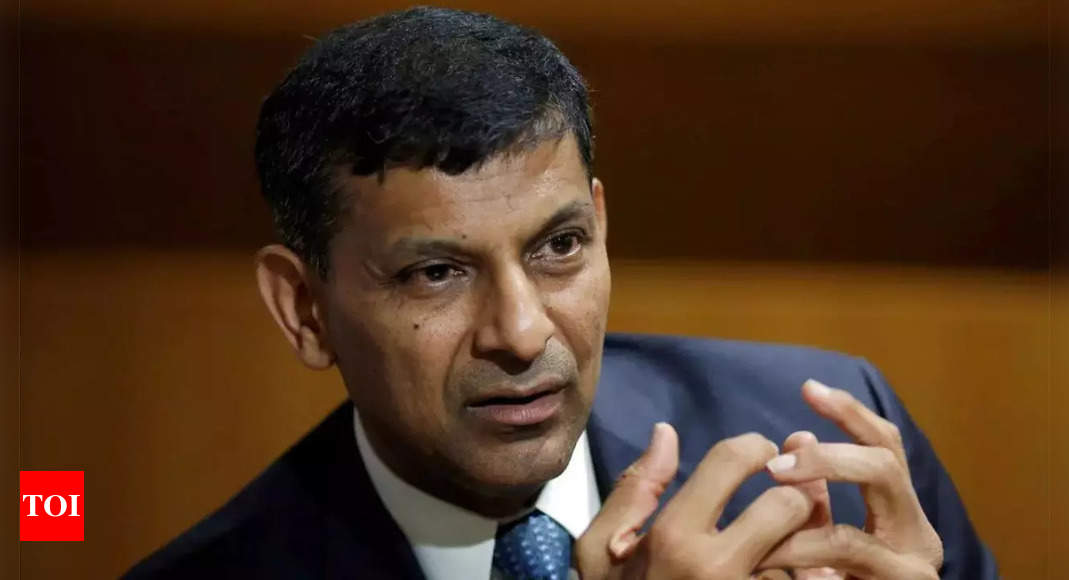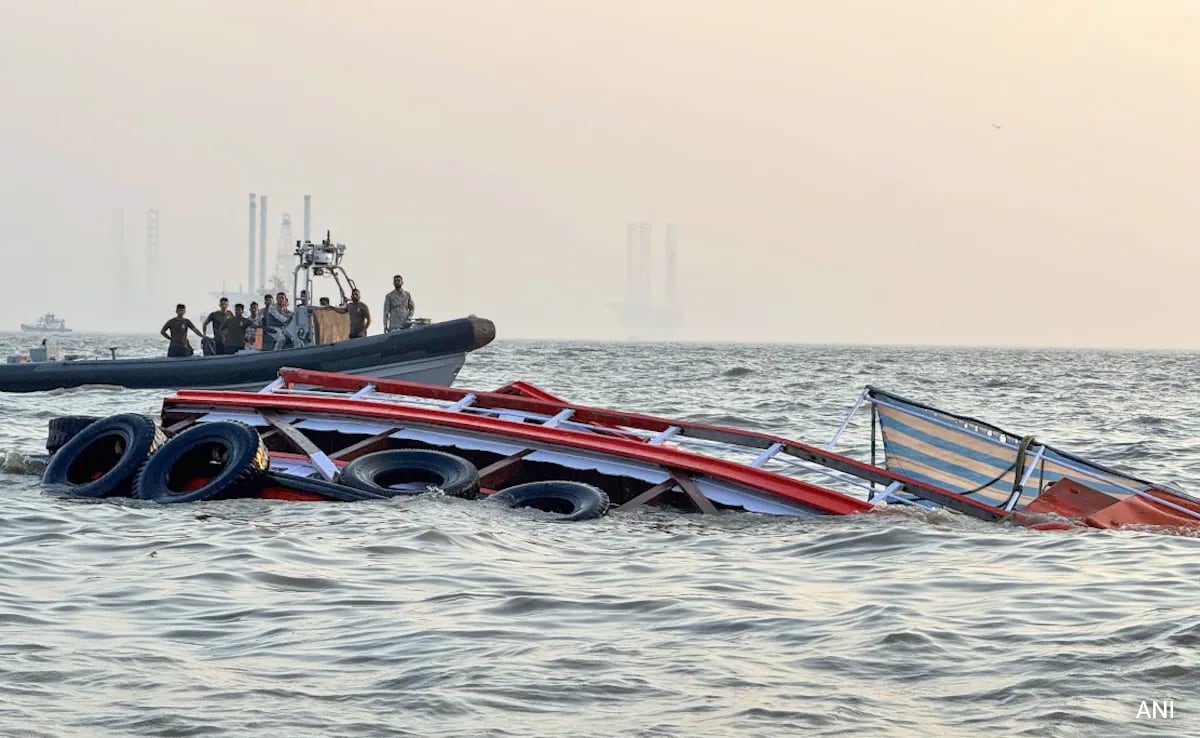
Does the highly volatile situation in West Asia put a premium on multipolarity? This question needs to be addressed beyond the foreign policy of America. For John Mearsheimer, a leading political scientist, the battle between Democrats and the Republicans is akin to a choice between “Tweedledum and Tweedledee”. It is the deep state that operates the American foreign policy, with the primary intent of maximising power and being a global hegemon. It is what has been articulated by Samuel Huntington in his Clash of Civilizations, where he warned that the inability of the West to adapt to the increasing power and influence of other civilisations will bring about the decline of its own power and influence, and will be the greatest threat to world peace.
The global order had largely been unipolar since the Cold War, until Russia put its foot down in Damascus during the Syrian Civil War following the Arab Spring. Since then, this world order has been constantly challenged. With the rise of the Global South, today’s world order has upended the hegemonic power structure and is ostensibly shuffling towards multipolarity. The Tehran-Beijing-Moscow Axis poses a formidable challenge to American global ambitions.
India and China have emerged as the two key contenders for leadership in the Global South. However, the nature of their approach varies significantly. While China presents a direct conflict to the Global North, India has a more accommodating approach.
As understood by analysts, these gradual yet changing realities are also visible in the American deep state. As the Balance of Power theory suggests, Washington has chosen to bank behind and strengthen New Delhi’s position. The renewed excitement for the Quad and I2U2 groupings and its further extension into the building of the India-Middle East-Europe Economic Corridor (IMEC) are examples. However, herein lies the key challenge to the Indian foreign policy, which has to juggle its various priorities—in the Global South, in managing its regional geopolitical compulsions, and in its strategic partnership with prominent members of the Global North.
Peace Was Not To Be
The churn in the politics of West Asia predates the ongoing war. Since the Arab Spring, when the United States decided to withdraw and pivot towards East Asia, the regional regimes gradually abandoned their ‘clienthood’ to explore other options. Over the years, the region had started seeing some semblance of settlement with Syria back in the Arab League, a peace process initiated between Damascus and Ankara, and the Abraham Accords formally facilitating the normalisation of ties with Israel. If not for a Chinese-brokered deal between Riyadh and Tehran, the final closing picture could have been a handshake between Crown Prince Mohammad bin Salman and Prime Minister Benjamin Netanyahu with an American President in the centre.
However, Hamas’s October 7 attack upset all this. Washington, which had seen its share of misadventures in Ukraine, has also been pulled back into the turmoil in West Asia.
Further, Israel’s disregard for the rules of war and the observation of the International Court of Justice (ICJ) and United Nations (UN) Resolutions has forced even Riyadh to publicly denounce Tel Aviv and pause any talks for normalisation until the establishment of a Palestinian State.
India Will Have To Chart Its Own Path
As India continues to expand and enhance its labour-trade-energy engagement with West Asia, it’ll have to be careful on the diplomatic front. Considering its geo-strategic importance, it needs to recalibrate its position in Iran and be cautious about its relations with the United States in the region. Iran’s October 1 attack on Israel and an imminent response from the latter has opened a pandora’s box. A possible escalation will profoundly alter the balance of power in the region and threaten India’s strategic interests.
Further, the Central Investigation Agency’s (CIA) alleged involvement in India’s friendly neighbour, Bangladesh, its secondary sanctions on Indian entities for doing business with Russia, and Republican candidate Donald Trump’s recent remarks on India’s import policy are only the latest examples of the intricate nature of American foreign policy. Therefore, non-alignment will continue to be a key component of India’s foreign policy, even if just as pragmatic strategic autonomy.
Also, India’s world image is crucial for its leadership ambitions in the Global South. Though India supports the two-state solution in the Israel-Palestine conflict, her decision to abstain from the United Nations General Assembly Resolution asking Israel to withdraw from Palestinian territories may impact its position.
Regarding competition with China, the popular discourse is largely misplaced. India is not in a state of competition with China in Middle East, primarily because their interest varies in the region. India, unlike China, is not looking to be the United States’ power alternative. To argue that the IMEC will challenge the Belt and Road Initiative (BRI) is also inaccurate and unfounded.
In brief, foreign policy is not a zero-sum game. Beyond America and China, New Delhi has its own case in the Middle East and the Global South.
[Mohammad Gulrez, former VC and PVC of Aligarh Muslim University (AMU), is a Professor of Political Science at the Dept. of West Asian & North African Studies, AMU]
Disclaimer: These are the personal opinions of the author









